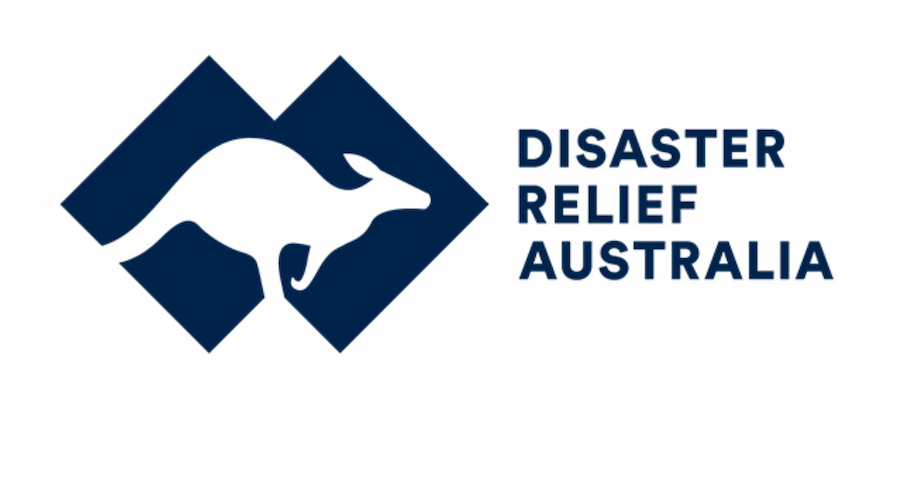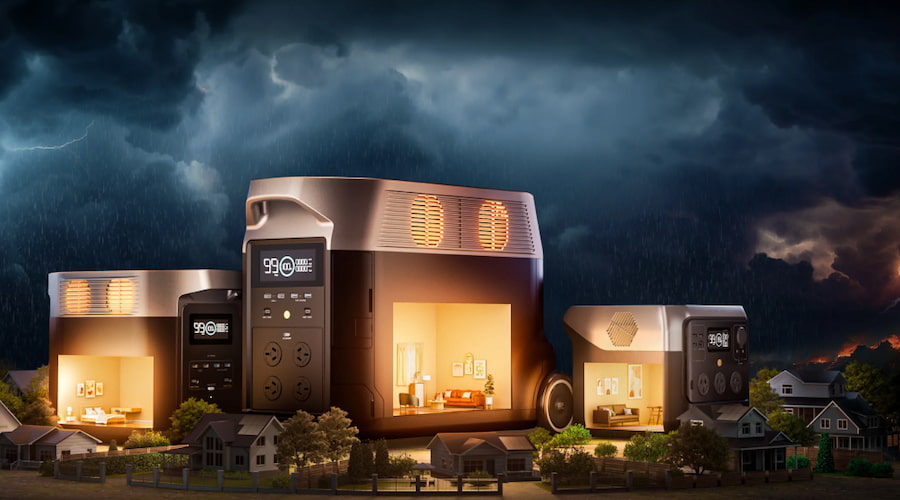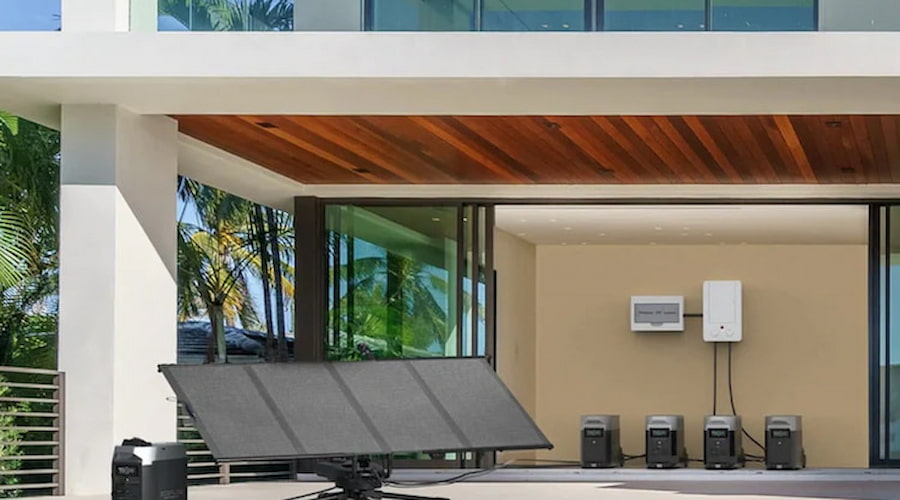Disaster Relief Australia Explained: Getting Help & Preparing
Natural disasters can hit hard and fast—and if you live in Australia, you’ve likely seen firsthand how quickly things can change. Already this year, communities in Western Queensland, North Queensland, and parts of NSW have faced major disruptions due to floods and ex-Tropical Cyclone Alfred.
If you’ve been affected, or simply want to stay informed, knowing what help is available can make all the difference. In this guide, you’ll learn how Disaster Relief Australia assists communities, the types of government support you can get, and what you can do to prepare in case the unexpected happens.
What Is Disaster Relief Australia?
Disaster Relief Australia (DRA) is a veteran-led, not-for-profit organisation that mobilises military veterans, emergency responders, and civilian volunteers to assist communities in preparing for and recovering from natural disasters.
Founded in 2016, DRA has grown to include over 2,500 volunteers and 10 local Disaster Relief Teams, all dedicated to delivering fast and effective responses during disasters.
DRA’s mission, vision, and purpose are:
Mission: To unite the skills and experience of veterans with those of other volunteers to help communities prepare for, respond to and recover from natural disasters.
Vision: To be Australia’s partner of choice in disaster preparedness, relief, and recovery.
Purpose: To build resilience in communities, deliver assistance, and restore hope to those affected by disasters, while enriching the lives of veterans and volunteers.


How Does Disaster Relief Australia Assist Communities Affected by Natural Disasters?
When natural disasters strike, DRA deploys trained teams to affected areas to provide a range of services, including:
Debris Management: Clearing fallen trees, mud, and other debris to restore access and safety.
Damage Assessments: Conducting aerial and ground surveys to evaluate the extent of damage.
Humanitarian Aid Delivery: Distributing essential supplies to those in need.
Home Repairs: Assisting with minor repairs to make homes safe and habitable.
Community Resilience Planning: Working with local communities to develop plans that enhance preparedness for future disasters.
DRA operates in coordination with local and state government agencies, integrating into existing disaster recovery efforts to ensure a cohesive response. Over the years, DRA has been involved in dozens of disaster recovery operations across the country—from the Black Summer bushfires to recent floods and cyclone events.
What Government Support Is Available for Disaster Relief?
To ensure individuals and communities receive timely and coordinated help, disaster relief in Australia is a shared effort between the Australian Government and state or territory governments, working together under an agreement known as the Disaster Recovery Funding Arrangements (DRFA).
Under DRFA, the Australian Government may cover up to 75% of the financial assistance provided to affected individuals and communities. However, it’s the state or territory government that decides which areas get help, and what kind of support is offered.
If you’ve been impacted by an eligible disaster, you can apply for this assistance directly through your state or territory’s emergency or disaster recovery services.
Additional Federal Support for Major Disasters
For more significant disaster events—where the impact is widespread or particularly severe—the Australian Government may offer extra financial support to help people recover. This includes:
Australian Government Disaster Recovery Payment (AGDRP)
This is a lump sum payment to support people who are directly affected by a declared disaster. If eligible, you may receive $1,000 per adult and $400 for each child under 16 in your care.
You might qualify if:
Your home or major assets were seriously damaged
You were seriously injured
You’re an immediate family member of someone who died or is missing due to the disaster
Disaster Recovery Allowance (DRA)
If the disaster has caused you to lose income, DRA can provide short-term financial support. It’s available for up to 13 weeks, paid fortnightly, and is generally set at the same rate as JobSeeker Payment or Youth Allowance, depending on your situation. You must be 16 years or older to qualify.
To apply for these disaster relief Australia payments, you need to have a myGov account linked to Centrelink. For more information and to check eligibility, visit the Services Australia website.
State and Territory Support
Each state and territory also has its own disaster assistance programs, working alongside federal initiatives to deliver localised support. This may include:
Emergency hardship payments
Temporary accommodation or housing repairs
Grants for local councils to rebuild infrastructure
Counselling and community recovery services
Recent Government Support: Ex-Tropical Cyclone Alfred (March 2025)
To put it into context, if you’ve been directly affected by Ex-Tropical Cyclone Alfred in Queensland, there are several types of support available:
AGDRP: If eligible, you can receive a lump sum payment of $1,000 per adultand $400 for each child under 16 in your care.
Disaster Recovery Allowance: If you’ve lost income due to the cyclone, you may qualify for income support for up to 13 weeks.
Personal Hardship Assistance: In some affected areas, you can apply for Personal Hardship Assistance, which includes support like the Essential Services Safety and Reconnection Scheme (ESSRS). This can include a grant of $200 for safety inspections of essential services (water, electricity, gas, sewage) and up to $4,200 for repairs or replacement of these essential services.
For more details and to apply, visit the Services Australia page and the Queensland Government website.
How Can You Prepare for a Natural Disaster?
How Can You Prepare for a Natural Disaster?
Understand Your Risk
Familiarize yourself with the types of natural disasters that are common in your area, such as the impact of bushfires, floods, or cyclones. Knowing the specific risks helps you tailor your preparation effectively.
Create a Household Emergency Plan
Develop a comprehensive plan that outlines how your household will respond to various emergencies. This should include:
Evacuation Routes: Identify safe exits from your home and establish meeting points.
Communication Strategies: Decide how you will stay in touch if separated.
Special Considerations: Plan for pets, elderly family members, and those with special needs.
Regularly practice this plan with all household members to ensure everyone knows their role.
Prepare an Emergency Kit
Keep a ready-to-go kit in a waterproof container that includes:
Essential documents (ID, insurance papers, birth certificates)
Medications and basic first aid
Food and water for at least three days
Torch, batteries, phone charger, power banks, radio, and hygiene supplies
Store the kit in an easily accessible location known to all household members. Check your kit regularly and update it as needed.
Protect Your Property
Carry out home safety preparation for electrical storms and other potential disasters:
Maintenance: Regularly inspect and maintain your roof, gutters, and drains to prevent water damage.
Secure Outdoor Items: Anchor or store loose objects that could become projectiles in strong winds.
Structural Upgrades: Consider modifications like storm shutters or reinforced doors to enhance resilience.
Consult local guidelines for specific recommendations tailored to your region.
Invest in Home Backup Power
In the event of a natural disaster, power outages are common—and having a reliable home backup generator can keep your family safe, comfortable, and connected. There are three main types to consider:
Traditional Petrol or Diesel Generators: These are the most common and often the most affordable option. However, they can be noisy, require fuel storage, and emit fumes.
Battery Portable Power Stations: These are compact, quiet, and plug-and-play. They store power in large batteries and can be recharged via wall outlets, car ports, or solar panels.
Solar Generators: Essentially a combination of portable power stations with solar panels, solar generators allow you to harness the sun’s energy to keep your home powered during prolonged outages.


The EcoFlow DELTA Pro Portable Power Station stands out as one of the most powerful home battery backup options available. This high-output unit packs a 3600W continuous AC output (with a surge of 7200W), meaning it can run 99% of household appliances, including your fridge, TV, air conditioning units, and even a dryer.
Need even more power? No problem—by pairing two units together with the Smart Home Panel, you can achieve a massive 7200W, which can easily handle larger loads. With a base capacity of 3.6kWh, expandable up to 25kWh, it can keep your critical devices and appliances running for hours—or even days—depending on your needs.
The DELTA Pro base unit can fully recharge from your wall outlet in just 1.9 hours. When paired with EcoFlow’s solar panels, the DELTA Pro has a max solar input of 1600W, which means you can recharge the unit sustainably and rapidly—perfect for long outages. It even supports EV station charging and multi-charging up to 6500W for maximum flexibility.


Stay Informed
Keep abreast of local news and weather updates:
Emergency Alerts: Subscribe to local alert systems for real-time information.
Reliable Sources: Follow official channels such as the Bureau of Meteorology (BoM) for accurate forecasts.
Community Resources: Engage with local emergency services for area-specific advice.
Conclusion
Natural disasters can turn life upside down—but knowing help is available makes all the difference. Disaster Relief Australia is one of the key organisations stepping in when communities need it most, working shoulder-to-shoulder with volunteers, emergency services, and government agencies. By understanding the kind of support that’s out there—and by taking a few simple steps to get prepared—you’ll be in a much stronger position to protect yourself, your family, and your home. Whether it’s putting together an emergency kit, securing your home, or investing in home battery backup solutions, the more prepared you are, the safer you’ll be.
FAQs
How do I claim my $1000 disaster payment?
To claim the $1000Australian Government Disaster Recovery Payment (AGDRP), you can apply online through your myGov account. Ensure your myGov account is linked to Centrelink. If you need assistance, call the Australian Government Emergency Information Line at 180 22 66. Claims are accepted for up to six months after a disaster is declared.
Is the disaster recovery payment taxable?
No, the Australian Government Disaster Recovery Payment (AGDRP) is not taxable. You don’t need to include it in your tax return. However, the Disaster Recovery Allowance (DRA) is taxable. If you receive DRA, you must report it in your tax return. This payment provides short-term support if your income has been directly affected by a natural disaster.
How to keep up to date on natural disasters?
To stay informed about natural disasters:
Listen to local radio stations for emergency broadcasts.
Watch or read the news for updates.
Check the Bureau of Meteorology (BOM) website for weather warnings.
Visit your state or territory’s emergency services website for local alerts and information.